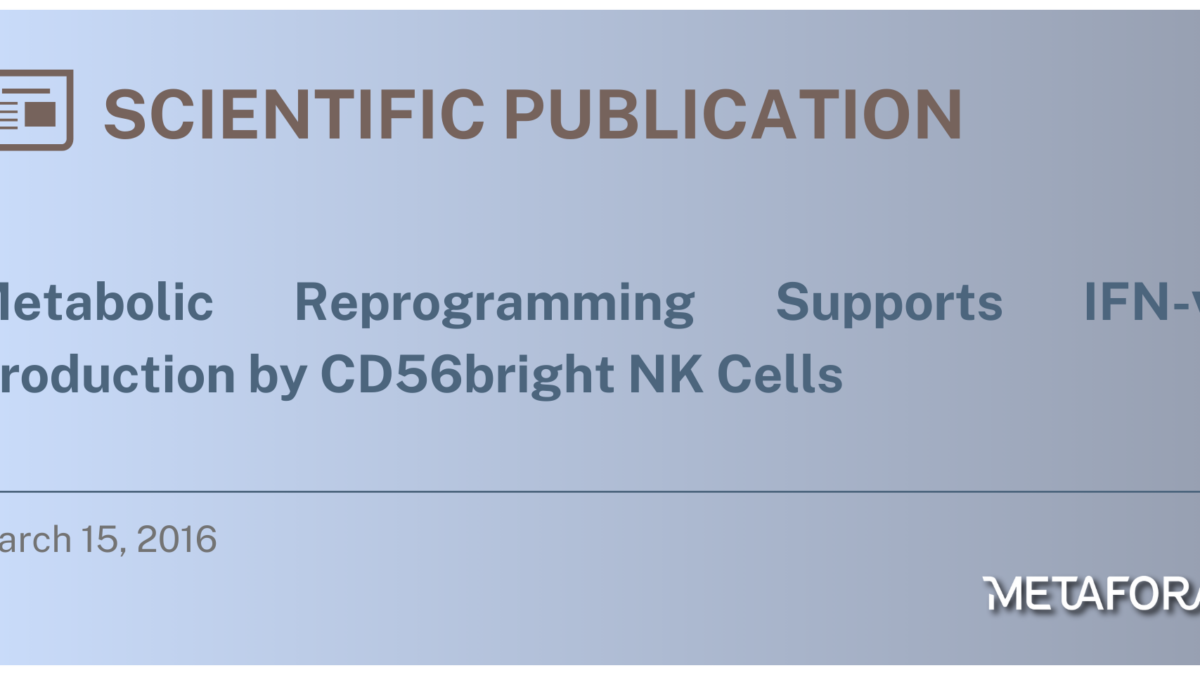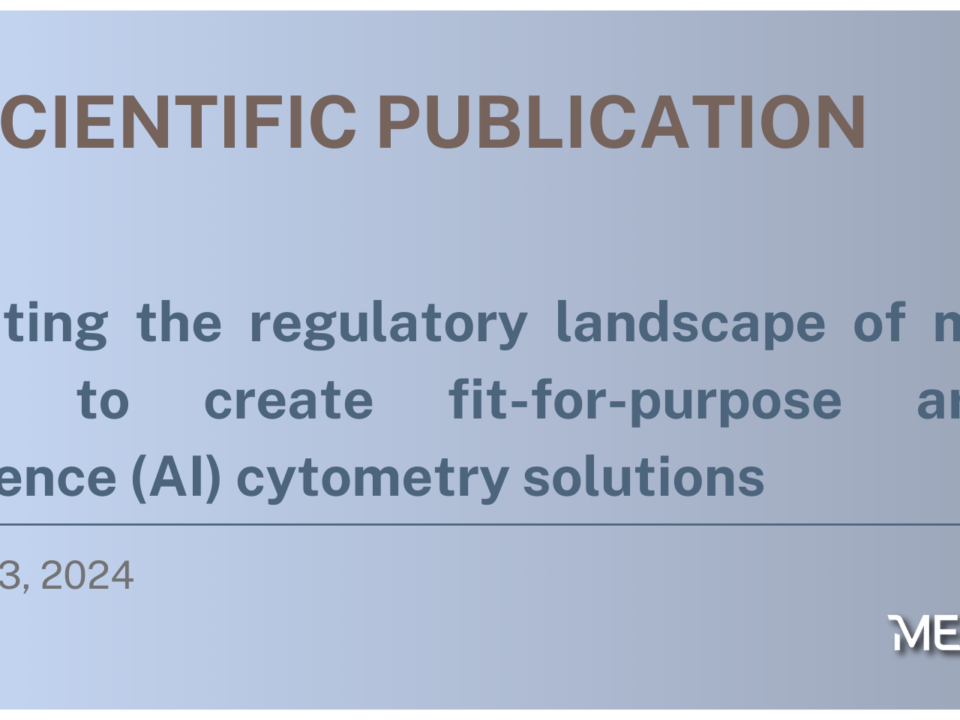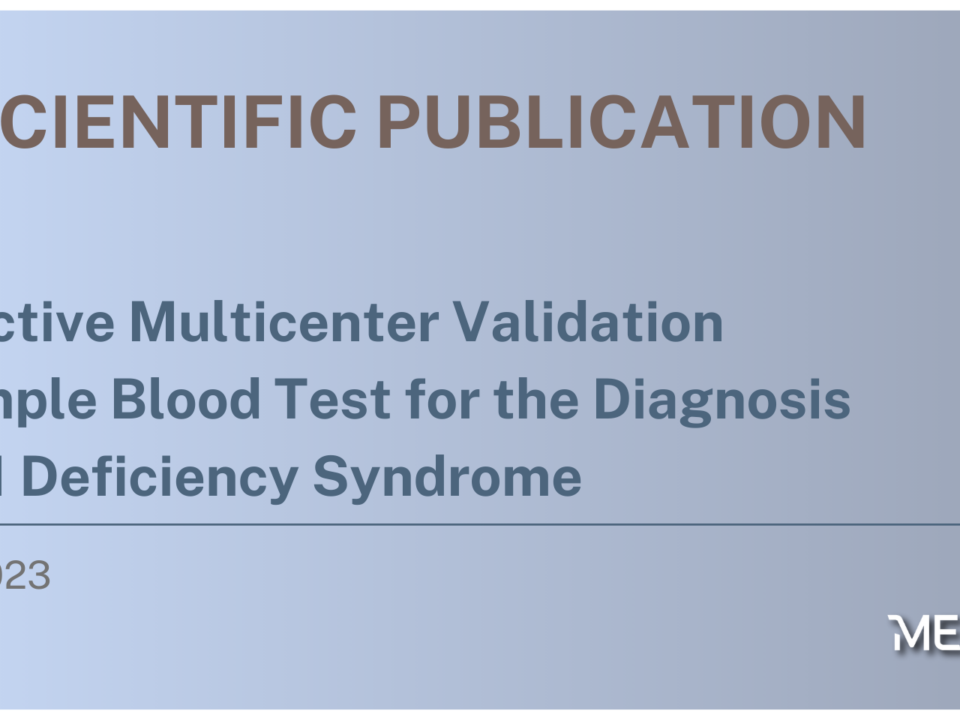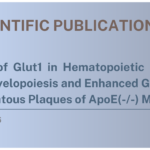
Disruption of Glut1 in Hematopoietic Stem Cells Prevents Myelopoiesis and Enhanced Glucose Flux in Atheromatous Plaques of ApoE(-/-) Mice
February 29, 2016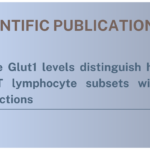
Cell surface Glut1 levels distinguish human CD4 and CD8 T lymphocyte subsets with distinct effector functions
April 12, 2016Metabolic Reprogramming Supports IFN-γ Production by CD56bright NK Cells

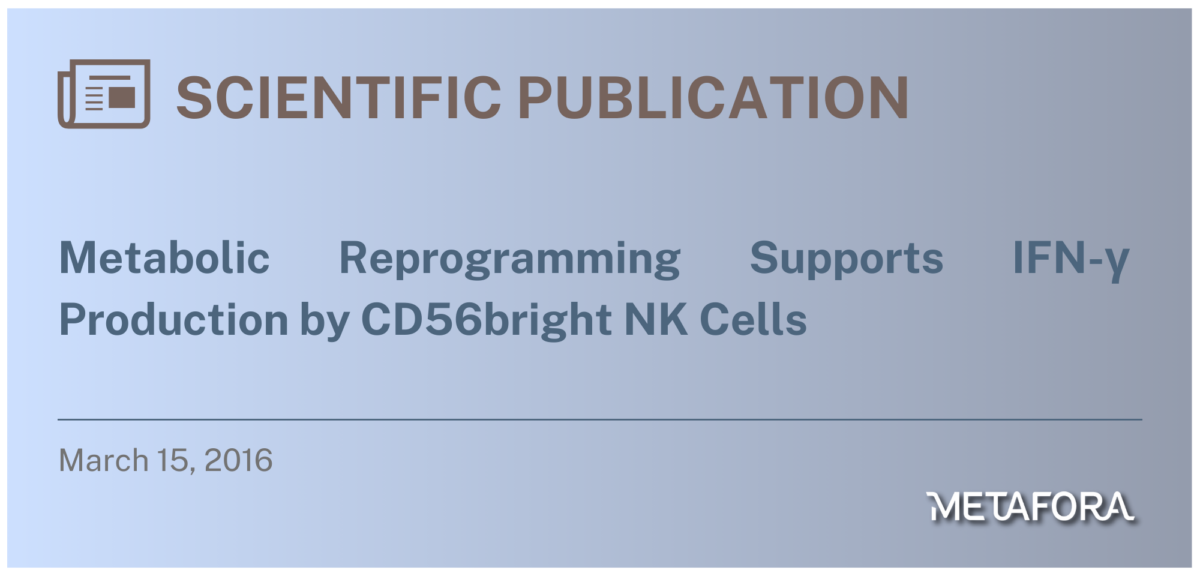
April 12, 2016.
[SCIENTIFIC PUBLICATION] Company
This study explores how metabolic reprogramming enhances the production of interferon-gamma (IFN-γ) by CD56bright natural killer (NK) cells, highlighting the critical role of metabolism in immune responses.
In their research, Keating et al. demonstrate that alterations in metabolic pathways can significantly boost the functionality of NK cells, offering new insights into their role in immune surveillance and response. Utilizing our innovative technology, the team was able to uncover key mechanisms that support NK cell activity, paving the way for potential therapeutic applications in immunotherapy.
We invite you to delve into the details of this significant publication and discover how these findings could influence future research and treatment strategies in immunology.
SCIENTIFIC PUBLICATION
Metabolic Reprogramming Supports IFN-γ Production by CD56bright NK Cells
Affiliations
1School of Biochemistry and Immunology, Trinity Biomedical Sciences Institute, Trinity College Dublin, Dublin 2, Ireland; and.
2School of Biochemistry and Immunology, Trinity Biomedical Sciences Institute, Trinity College Dublin, Dublin 2, Ireland; and School of Pharmacy and Pharmaceutical Sciences, Trinity Biomedical Sciences Institute, Trinity College Dublin, Dublin 2, Ireland clair.gardiner@tcd.ie finlayd@tcd.ie.
3School of Biochemistry and Immunology, Trinity Biomedical Sciences Institute, Trinity College Dublin, Dublin 2, Ireland; and clair.gardiner@tcd.ie finlayd@tcd.ie.
PMID: 26873994
Abstract
Human NK cells can be classified into phenotypically and functionally distinct subsets based on levels of CD56 receptor. CD56(dim) cells are generally considered more cytotoxic, whereas the CD56(bright) cells are potent producers of IFN-γ. In this study, we define the metabolic changes that occur in peripheral blood NK cells in response to cytokine. Metabolic analysis showed that NK cells upregulate glycolysis and oxidative phosphorylation in response to either IL-2 or IL-12/15 cytokine combinations. Despite the fact that both these cytokine combinations robustly upregulated mammalian Target of Rapamycin Complex 1 in human NK cells, only the IL-2-induced metabolic changes were sensitive to mammalian Target of Rapamycin Complex 1 inhibition by rapamycin. Interestingly, we found that CD56(bright) cells were more metabolically active compared with CD56(dim) cells. They preferentially upregulated nutrient receptors and also differed substantially in terms of their glucose metabolism. CD56(bright) cells expressed high levels of the glucose uptake receptor, Glut1 (in the absence of any cytokine), and had higher rates of glucose uptake compared with CD56(dim) cells. Elevated levels of oxidative phosphorylation were required to support both cytotoxicity and IFN-γ production in all NK cells. Finally, although elevated glycolysis was not required directly for NK cell degranulation, limiting the rate of glycolysis significantly impaired IFN-γ production by the CD56(bright) subset of cells. Overall, we have defined CD56(bright) NK cells to be more metabolically active than CD56(dim) cells, which supports their production of large amounts of IFN-γ during an immune response.
Copyright © 2016 by The American Association of Immunologists, Inc.


